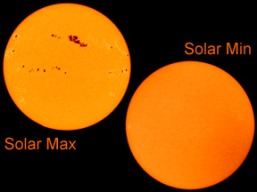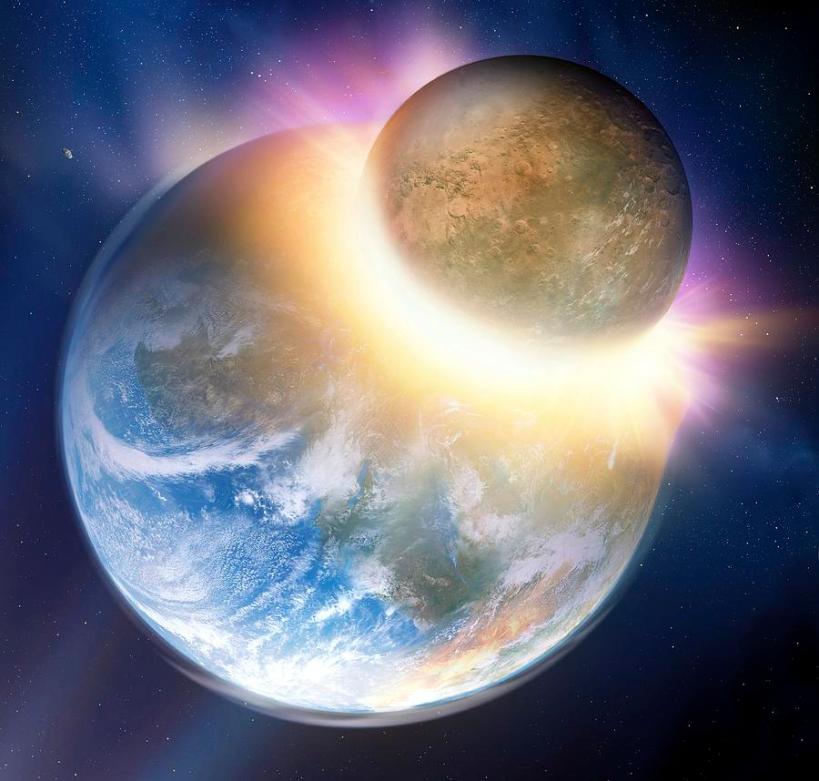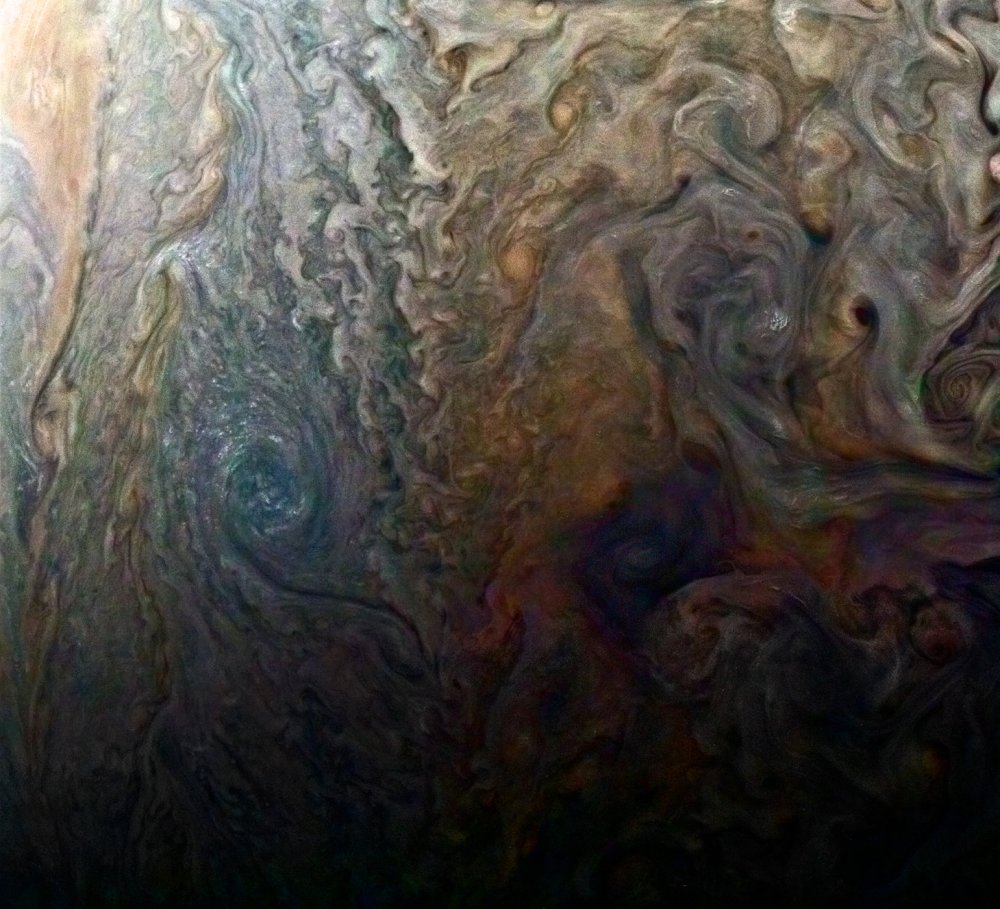An extrasolar planet, or an exoplanet, is one which orbits a star other than our Sun. These planets provide interest and opportunities for research, because under the correct conditions, such as those upon Earth, there is a possibility that life could exist and/or be discovered upon these planets.
By observing exoplanets, and specifically searching various factors and elements present upon the planet, it can by hypothesized whether or not the planet could potentially support some form of life. One thing that is sought after during examinations of these planets, is the presence of water, as that would be necessary to support life forms similar to our own. The Spitzer Space Telescope examines exoplanets, in order to search for things such as water.

The above rendering (artistic rendering) depicts a dry planet, such as those observed in the HD 209458b and HD 189733b star systems that Spitzer has observed to determine if water is present. The planets in question are called “hot Jupiters”, which are the similar in size to Jupiter, but are closer to their star, like Earth compared to our own Jupiter. The planets were examined for water by checking the infrared outputs of the stars before and after eclipse to determine the atmospheric conditions upon the planets. While the planets checked in those star systems did not have water, the fact that it is possible to check for it is a significant advancement in terms of exoplanets.
Clearly, distance from the star is an important factor in the conditions of exoplanets, as is the output of the sun in question, and the planet Gliese 1214b demonstrates this concept quite well. Gliese 1214b orbits Gliese 1214, a star smaller and cooler than our own Sun, however the planet also orbits much closer to its star than Earth does. The artist rendering below depicts the planet and its star.

The other significant difference that factors into the conditions of Gliese 1214b is the size of the planet. It has been denoted as a “super-Earth”, because the planet is slightly larger than Earth, but not as large as planets such as Neptune. It has been proposed that the surface would be too hot to support the existence of liquid water, however it is possible that water in the form of steam may be present upon the planet.







